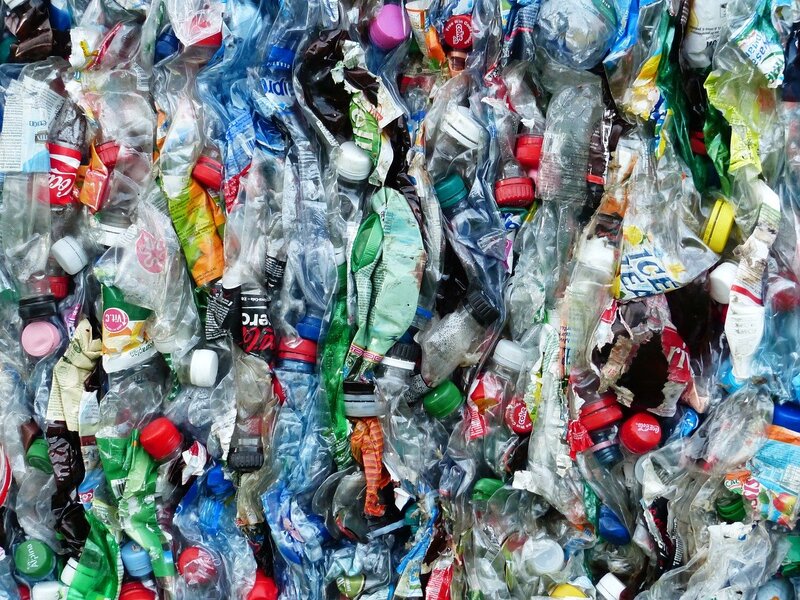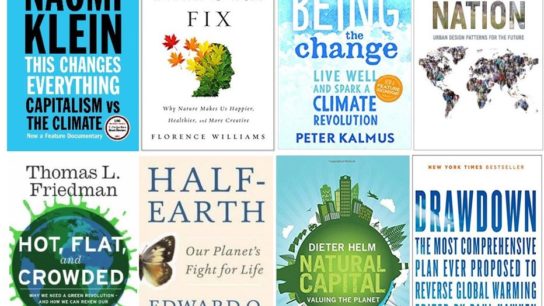Plastic, an incredibly convenient, efficient, and cheap material, is also one of the biggest environmental problems of our lifetime. Despite plastic production skyrocketing in recent decades (we use 20 times more plastic than 50 years ago), more than 90% of plastic waste ends up in landfills and enters the ocean’s waters, leading to a whole host of other problems. Recycling plastics is an important part of the equation in reducing waste, as is looking for eco-friendly alternatives, and how we handle and dispose of our plastics after use is vital in alleviating the plastic problem. You will often find recycling symbols printed on plastic products and materials. There are up to seven numbers but, interestingly, the numbers do not correspond to the plastics’ recyclability. Here’s an easy guide to what plastics can and cannot be recycled, and what materials they will be recycled into.
—
What Plastics Can Be Recycled?
-
PET
The most commonly used plastic for single-use packaging for food and beverages is PET (polyethylene terephthalate) – spot the recycling symbol #1. They’re strong, lightweight and inexpensive for manufacturers to produce. And they’re completely recyclable. It’s the most recycled plastic across the world with more than 1.5 billion pounds of PET plastic collected and recycled in the US every year. PET can be recycled through washing and re-melting, and it poses low risk to leaching breakdown products. Currently, the recycling rate for PET in Europe is about 52% while the US is at 31%. The recycled PET is often found in new bottles, clothing like polar fleece, carpets, and sleeping bags.
-
HDPE
Short for high density polyethylene, HPDE is a stronger and heavier plastic that is resistant to corrosive chemicals. It’s a popular plastic when it comes to bottling milk, detergent, bleach and shampoo. They’re often found in plastic carrier bags as well. HPDE can be recycled, though always check with your local authority. Approximately 12% of all plastic bags and 28% of water and milk bottles are recycled in the UK. Recycled HDPE are often found in pipes, floor tiles, sheeting and film plastics, and even crates.
-
LDPE
Much like HDPE, lower density polyethylene, or LDPE is not widely accepted in most programmes but it can be recycled depending on your local authority. It’s a hard flexible plastic found in squeeze bottles like toothpaste and bread bags. LDPE often receives a second life as a trash can liner.
-
PP
Polypropylene is a recyclable plastic and has become more widely accepted in recycling programmes. Due to its high melting point, PP is often used as containers for warmer liquids and a popular packaging for yoghurts and medicine. Make sure to eliminate any leftover food and liquids before recycling. You’ll find recycled PP ends up in brooms, brushes and plastic trays.
You might also like: 6 Myths About Recycling You Need to Know
What Plastics Can’t Be Recycled?
-
PVC
Polyvinyl chloride and vinyl cannot be recycled as chlorine releases toxic materials and leach in the recycling process. As it’s a tougher and more durable plastic, PVC is usually used in cling film, hoses, and most shampoo and cooking oil bottles.
-
Polystyrene (PS)
Most popularly known as Styrofoam, polystyrene plastics are one of the worst plastic polluters. Despite many companies having shifted towards biodegradable plastics, most food takeout containers and packaging still use polystyrene, which cannot be recycled. PS is also used for insulation, packing peanuts and any foamy-type materials. So it’s best to avoid using any products that are made with polyethylene.
-
Other
Any plastic packaging or materials that has the symbol #7 and “Other” printed doesn’t fall into any of the other categories, and more importantly, cannot be recycled. These often include polycarbonate (which contains BPA) and PLA (polylactic acid).
Recycling Plastics
Plastics are sorted by polymer type, whether by consumers or by recycling plants to ensure all contaminants have been removed. Once sorted and cleaned, plastics can be either shredded or melted into form pellets before finally being moulded into new products.
You Might Also Like: 8 Shocking Plastic Pollution Statistics to Know About


















